The centuries-old fiery Chinese spirit baijiu (白酒), long associated with business dinners, is being reshaped to appeal to younger generations as its makers adapt to changing times.
Mostly distilled from sorghum, the clear but pungent liquor contains as much as 60 percent alcohol. It’s the usual choice for toasts of gan bei (乾杯), the Chinese expression for bottoms up, and raucous drinking games.
“If you like to drink spirits and you’ve never had baijiu, it’s kind of like eating noodles but you’ve never had spaghetti,” said Jim Boyce, a Canadian writer and wine expert who founded World Baijiu Day a decade ago.
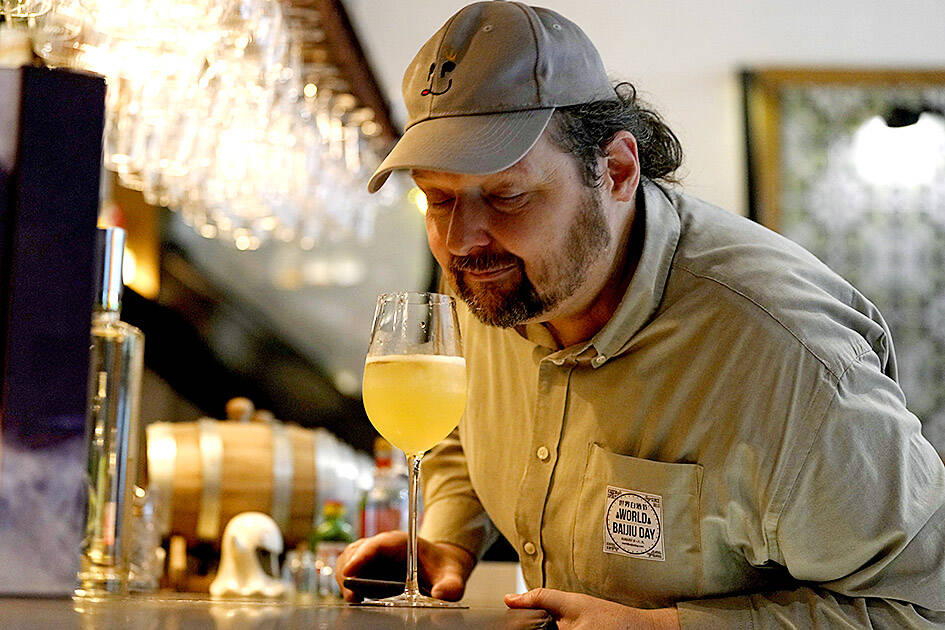
Photo: AP
The annual event aims to promote the traditional liquor, which is far less known internationally than whiskey or vodka.
Moutai (茅臺), a kind of baijiu made in mountainous Guizhou province in southwestern China, is known as the country’s “national liquor.”
Perhaps its biggest endorsement came in 1974, when US Secretary of State Henry Kissinger banqueted with Deng Xiaoping (), who would later become China’s top leader.
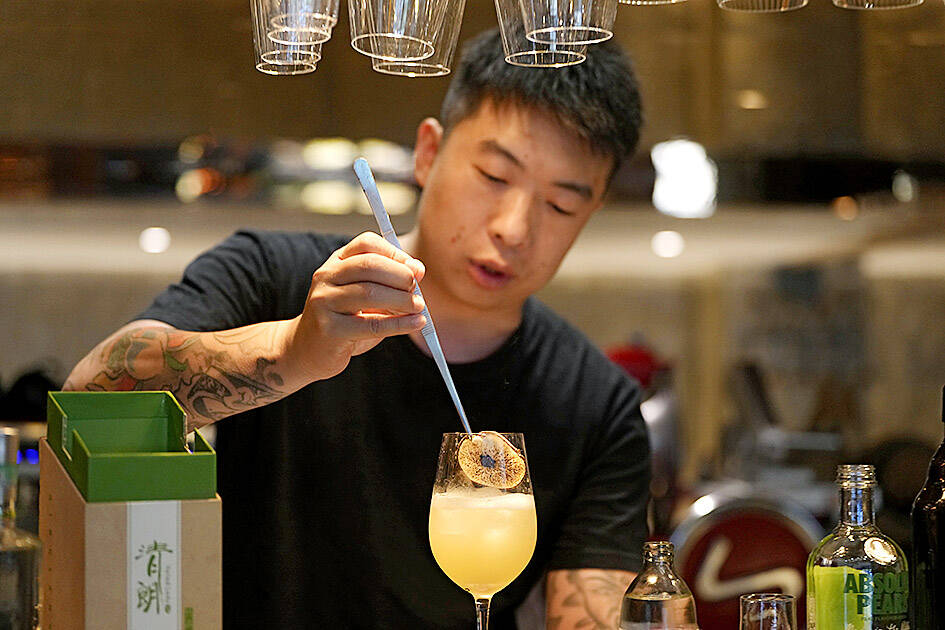
Photo: AP
“I think if we drink enough Moutai, we can solve anything,” Kissinger said.
“Then, when I return to China, we must take steps to increase our production of it,” Deng replied, according to an archived document from the US State Department’s Office of the Historian.
Price fluctuations of Feitian Moutai, the liquor’s most famous brand, serve as a barometer for China’s baijiu market. This year, its price has dropped by 36 percent after four consecutive years of decline, according a report by the China Alcoholic Drinks Association.
The report forecast China’s baijiu production will likely fall for the eighth straight year in 2025. Baijiu consumption has dropped as people spend more cautiously, cutting back on banquets and drinking due to a weaker economy.
Perennial anti-corruption campaigns by the ruling Communist Party targeting lavish official dinners have taken a harsh toll. In May, the party issued new rules banning cigarettes and alcohol during work meals.
China’s drinking culture is evolving, with younger people keen to protect their health and less inclined to overindulge or be bound by rigid social conventions. Faced with far more choices, they might instead opt for whiskey, wine or non-alcoholic alternatives.
“There is an old saying in China: ‘No banquet is complete without alcohol.’ It means in the past, without alcohol there is no social lubricant,” 30-year-old Chi Bo said while having cocktails with friends in Beijing’s chic Sanlitun area.
“People no longer want to drink alcohol or tend to drink less but they can still sit together and even discuss serious affairs,” Chi said. “Most of the people don’t want to drink alcohol unless they have to.”
Baijiu makers are responding with creative innovations like baijiu-flavored ice cream.
Kweichou Moutai partnered with China’s Luckin’ Coffee last year to introduce a moutai-flavored latte that reportedly sells five million cups a day across China. Bartenders also are designing cocktails using a baijiu base.
“There are so many choices right now,” Boyce said. “It’s just about fighting for attention in terms of choice.”
Jiangxiaobai, a newer brand made in southwestern China’s Chongqing, has targeted young consumers from the beginning. It offers fruit-infused baijiu with an alcohol content below 10 percent, packaged in smaller, more affordable bottles adorned with philosophical or sentimental phrases meant to resonate with Chinese youth such as, “Unspoken words. In my eyes, in drafts, in dreams or downed in a drink.”
“Our promotion of products combines the culture and lifestyle young people advocate,” Jiangxiaobai marketing director Fan Li said. “From our products to our branding, it’s a process of embracing the younger generation.”
Shirley Huang, out with friends on a Friday night in Sanlitun, said she had never touched baijiu at age 27, preferring cocktails. But that night, something new on the menu caught her attention: a baijiu-based cocktail.
“Baijiu is quietly making its way into our lives. We just haven’t noticed,” she said “It may not appear as itself, but it reemerges in new forms.”
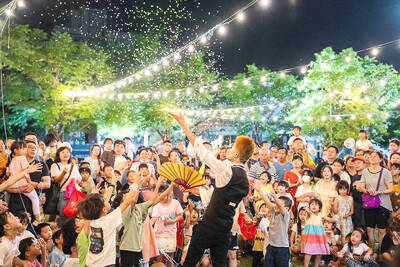
The depressing numbers continue to pile up, like casualty lists after a lost battle. This week, after the government announced the 19th straight month of population decline, the Ministry of the Interior said that Taiwan is expected to lose 6.67 million workers in two waves of retirement over the next 15 years. According to the Ministry of Labor (MOL), Taiwan has a workforce of 11.6 million (as of July). The over-15 population was 20.244 million last year. EARLY RETIREMENT Early retirement is going to make these waves a tsunami. According to the Directorate General of Budget Accounting and Statistics (DGBAS), the
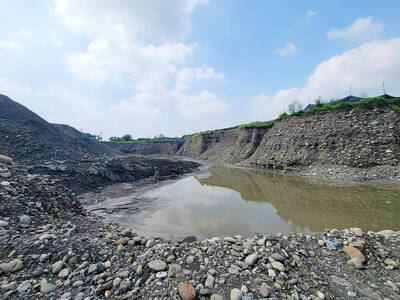
Last week the story of the giant illegal crater dug in Kaohsiung’s Meinong District (美濃) emerged into the public consciousness. The site was used for sand and gravel extraction, and then filled with construction waste. Locals referred to it sardonically as the “Meinong Grand Canyon,” according to media reports, because it was 2 hectares in length and 10 meters deep. The land involved included both state-owned and local farm land. Local media said that the site had generated NT$300 million in profits, against fines of a few million and the loss of some excavators. OFFICIAL CORRUPTION? The site had been seized
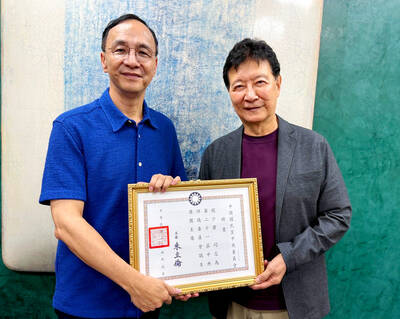
Next week, candidates will officially register to run for chair of the Chinese Nationalist Party (KMT). By the end of Friday, we will know who has registered for the Oct. 18 election. The number of declared candidates has been fluctuating daily. Some candidates registering may be disqualified, so the final list may be in flux for weeks. The list of likely candidates ranges from deep blue to deeper blue to deepest blue, bordering on red (pro-Chinese Communist Party, CCP). Unless current Chairman Eric Chu (朱立倫) can be convinced to run for re-election, the party looks likely to shift towards more hardline
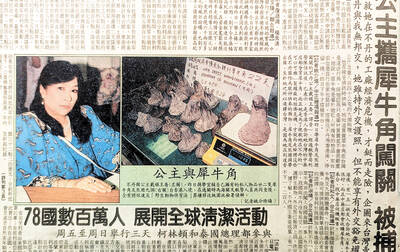
Sept. 15 to Sept. 21 A Bhutanese princess caught at Taoyuan Airport with 22 rhino horns — worth about NT$31 million today — might have been just another curious front-page story. But the Sept. 17, 1993 incident came at a sensitive moment. Taiwan, dubbed “Die-wan” by the British conservationist group Environmental Investigation Agency (EIA), was under international fire for being a major hub for rhino horn. Just 10 days earlier, US secretary of the interior Bruce Babbitt had recommended sanctions against Taiwan for its “failure to end its participation in rhinoceros horn trade.” Even though Taiwan had restricted imports since 1985 and enacted